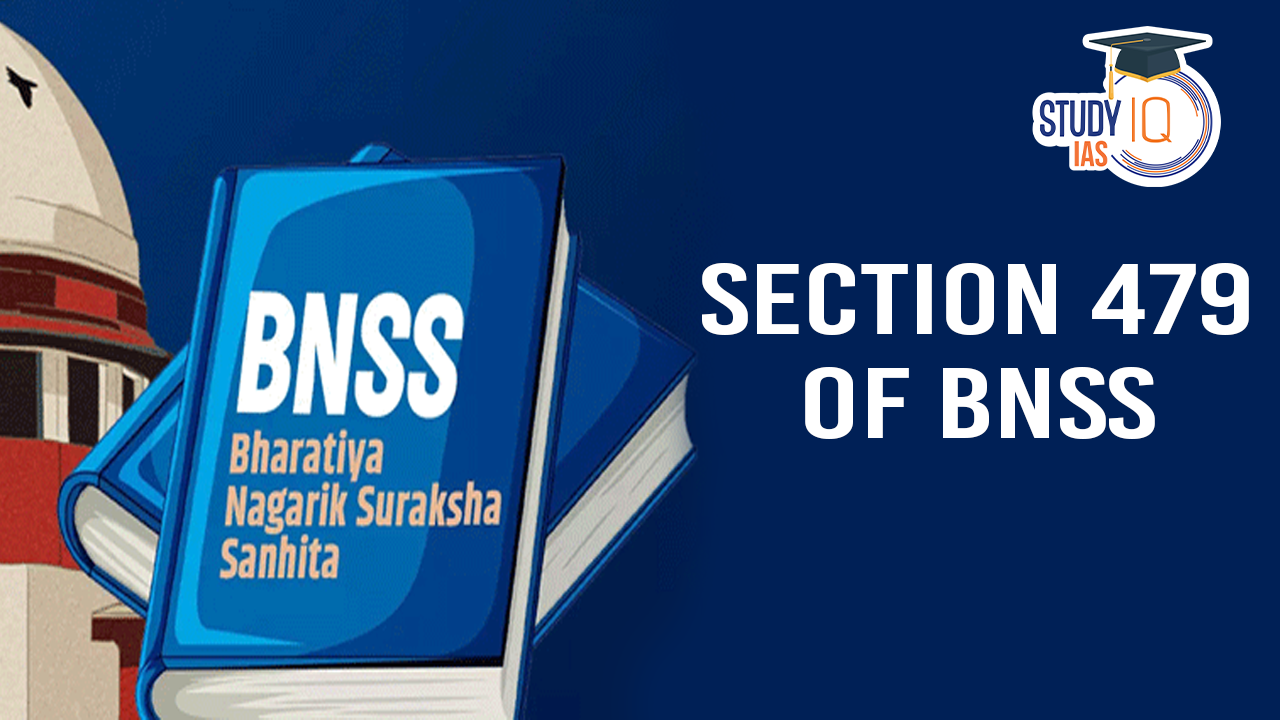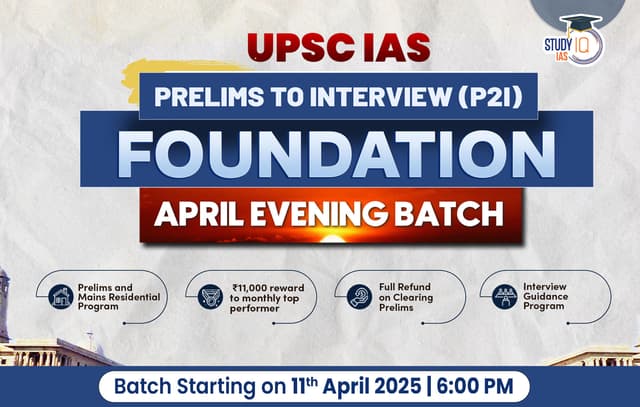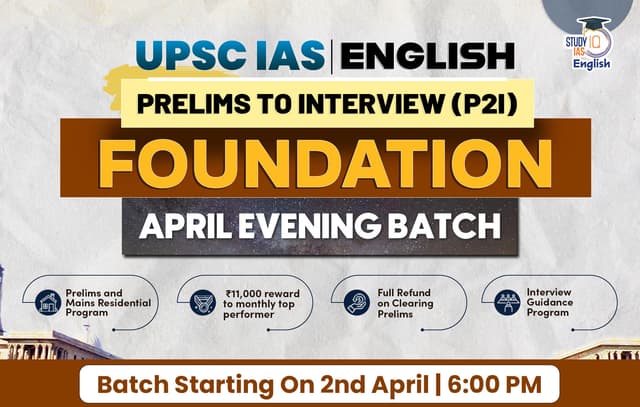Table of Contents
About Section 479 of BNSS
- It aims to provide relief to undertrial prisoners and address overcrowding in jails.
- It focuses on reducing prolonged detention by allowing the release of eligible undertrial prisoners based on the portion of their sentence already served.
- It is based on Section 436-A of the Code of Criminal Procedure, 1973 (CrPC).
Key Provisions of Section 479
Eligibility for Release
- First-Time Offenders: Eligible for release on bond after serving one-third of their maximum potential sentence.
- Other Undertrial Prisoners: Eligible for bail after serving half of their maximum potential sentence.
- Role of Prison Authorities: Prison superintendents must file applications with the courts for the release of eligible prisoners.
- It does not apply to offences punishable by death or life imprisonment.
|
Fact |
| According to the National Crime Records Bureau’s report Prison Statistics India 2022, of the 5,73,220 people incarcerated in Indian prisons, 4,34,302 (75.8%) are undertrials against whom cases are still pending. |


 Mechanisms to Combat Judicial Corruption...
Mechanisms to Combat Judicial Corruption...
 Registrar General and Census Commissione...
Registrar General and Census Commissione...
 Ambedkar Jayanti 2025: Biography, Legacy...
Ambedkar Jayanti 2025: Biography, Legacy...





















